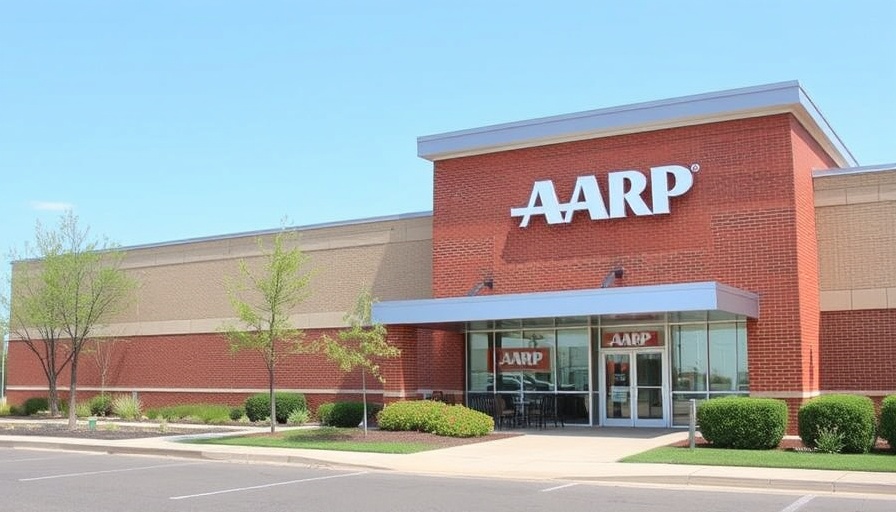
Understanding Covert Strokes in Older Adults
As we age, undergoing surgery can sometimes lead to unexpected complications, including covert strokes. A recent study shared at the American Society of Anesthesiology (ASA) annual meeting threw light on this issue, revealing some startling statistics and implications for older surgical patients. With 16% of neurosurgery patients experiencing covert strokes post-operation, these silent incidents present not only immediate risks but also potential long-lasting effects, including cognitive decline.
What Are Covert Strokes?
Covert strokes are those that do not present immediate, noticeable symptoms but are detectable through imaging. According to data from the PRECISION study, around 12% of patients undergoing elective non-cardiac surgeries showed signs of these strokes on brain scans without displaying clear neurological deficits. This issue is primarily pronounced in neurosurgical patients, where the risk aligns at a concerning 16%.
The Link Between Covert Strokes and Delirium
Interestingly, those who suffer from covert strokes also have a significantly higher risk of developing postoperative delirium. The study noted that delirium was observed in 23% of patients with covert strokes compared to just 11% without them. This observation indicates that beyond anesthesia-related factors, covert strokes could play a vital role in contributing to postoperative confusion, sleeplessness, or aggressive behavior in older adults.
Cognitive Decline Beyond the Operating Room
The challenges do not end with delirium. Long-term cognitive effects were also examined, indicating that 19% of participants overall exhibited cognitive dysfunction one year post-surgery. However, this figure jumps to 42% among those who had suffered a covert stroke. The adjusted odds ratio of 2.3 highlights the significant association between covert strokes and cognitive decline, a finding that places emphasis on monitoring cognitive health in older surgical patients.
The Role of Neurosurgery and Anesthesia
What contributes to these covert strokes? It remains an area of exploration. Factors such as inflammation, hypothermia, and hypoventilation are potential culprits that researchers intend to investigate further. Understanding these variables could pave the way for improved surgical safety and postoperative care strategies.
A Broader Perspective: Risks in Noncardiac Surgeries
Outside of neurosurgery, the risk of covert strokes is also prevalent in other forms of noncardiac surgery. For example, historical data suggests approximately 7% of older adults face similar risks across different surgical procedures. This draws attention to the necessity of comprehensive pre-operative assessments and post-operative monitoring for cognitive health in the growing population of aging patients.
Future Steps for Healthcare Providers
Given these findings, it’s imperative that healthcare providers employ strategies to identify and mitigate risks associated with covert strokes. Enhancing pre-surgical counseling about potential cognitive risks and improving postoperative follow-ups could greatly benefit older adults facing elective surgeries. Increased awareness can lead to better outcomes and perhaps reduce the occurrences of complications related to covert strokes.
In conclusion, as the medical community continues to uncover the implications of covert strokes, patients can benefit from informed conversations with their healthcare providers, fully understanding the risks involved in surgeries. Awareness is the first step towards better outcomes in surgical health.
 Add Row
Add Row 

 Add
Add 


Write A Comment